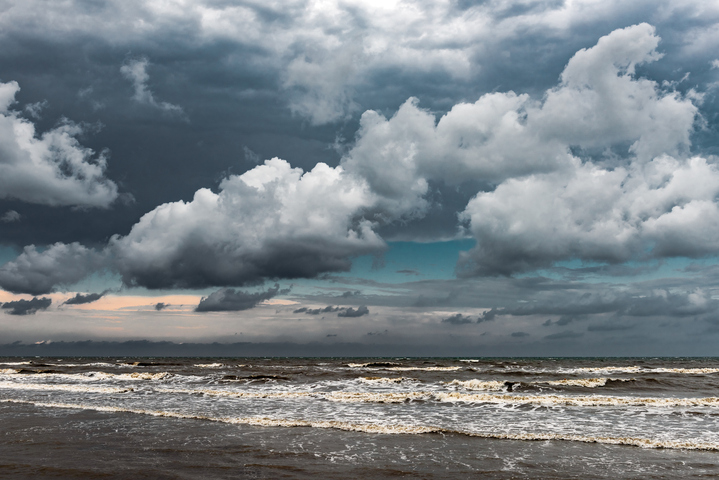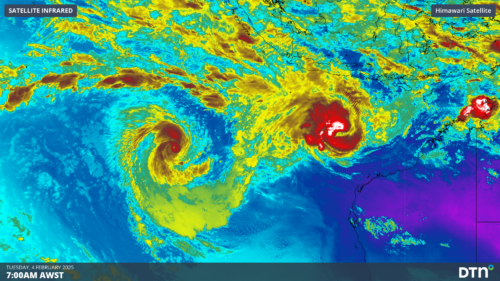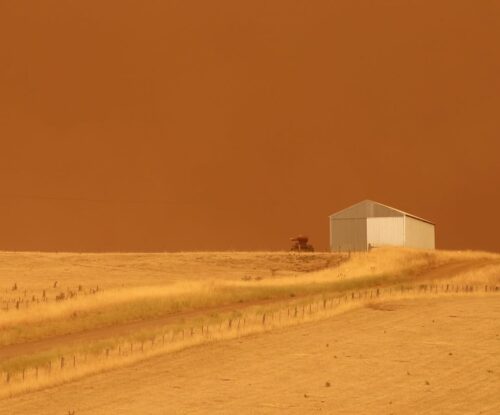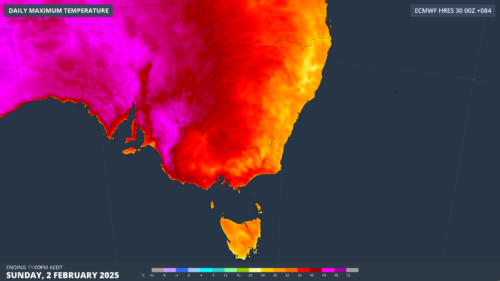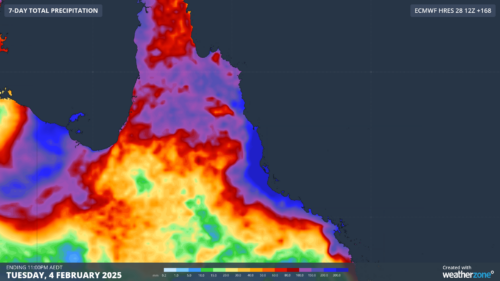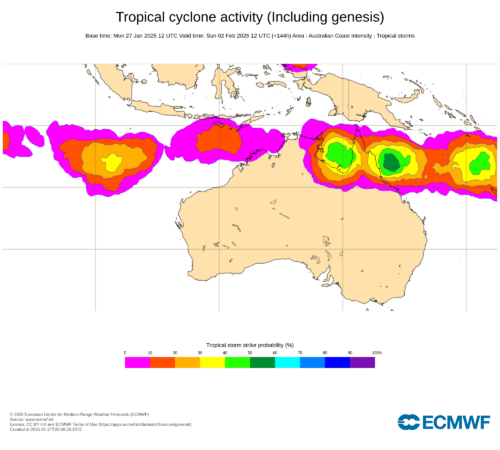Severe thunderstorms impacting NSW transport and mining sectors
Dangerous thunderstorms are developing across parts of NSW this Wednesday afternoon, including the Hunter valley a busy mining hub in NSW. A severe thunderstorm warning for heavy rainfall, damaging winds and large has been issued for parts of the...
Two severe tropical cyclones in Australian region impacting shipping
Two tropical cyclones have formed over the Indian Ocean to the northwest of Australia in the past 48 hours, with 75% of Australia’s cyclones so far this season becoming severe. The satellite image below shows that an eye has developed...
Unusual mix of heat, severe storms, flooding and bushfires impact Vic emergency services
On Sunday, Vic experienced the rare combination of extreme heat and severe thunderstorms, which sparked several new fires across the states southwest. Sunday’s mix of extreme heat, thunderstorms, rainfall, flooding, and bushfires in Vic was caused by a high-pressure system...
Businesses across northern Australia on high alert as cyclone risk looms
A tropical cyclone could form by early next week, with monsoon winds and tropical lows triggering the wet season and potentially impacting northern Australian businesses. The animation below shows widespread cloud around northern Australia on Friday. Within these vast...
Melbourne facing hottest spell in 11 years
An intense heatwave will impact the National Electricity Market from this weekend, with Melbourne and Adelaide set to see the mercury rise into the high 30s or low 40s for several days. The relentless run of heat will be caused...
Far North Qld ports on alert as heavy rain and fierce winds loom
A low pressure system offshore Far North Qld has already dumped half a metre of rain in 48 hours, with more to come this week as the low potentially deepens into a tropical cyclone. The images below show cloud...
Mining Australia on high alert with heightened cyclone risk this week
Five tropical lows are forecast to form over the northern Australia waters this week, with an increased risk of heavy rainfall and tropical cyclone potential. The enhanced tropical activity comes as two giant tropical waves clash near Australia...
The two rare events that drove NEM wind power in 2024
Two unprecedented weather events during 2024 had a dramatic impact on wind power generation in the National Electricity Market, with the ebbs and flows keeping the market on its toes. A combination of the 2022 Hunga Tonga–Hunga Haʻapai...


